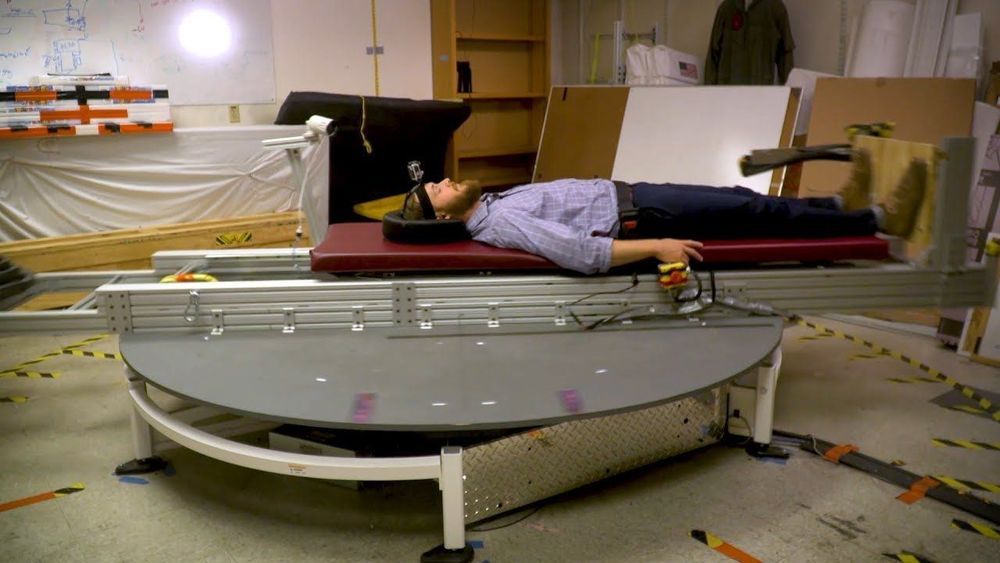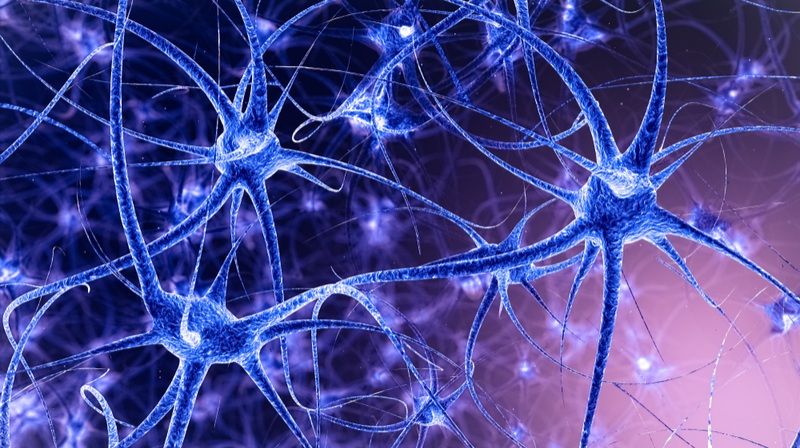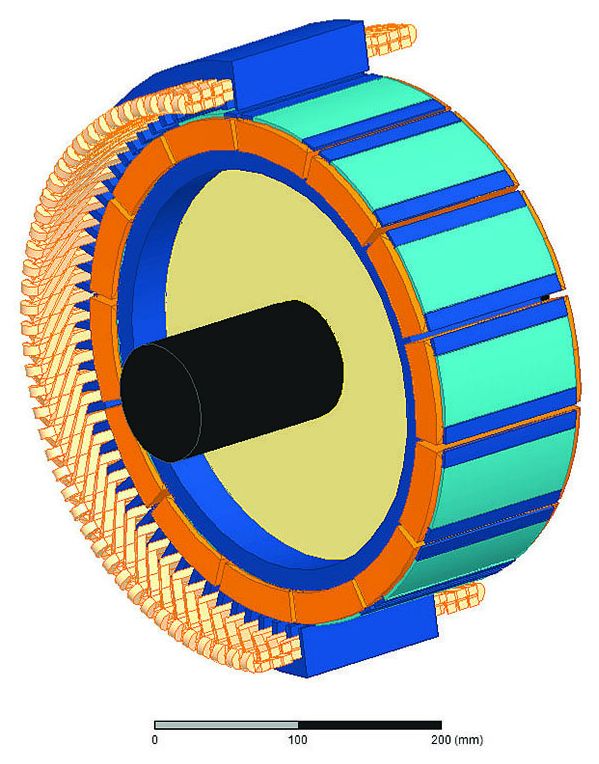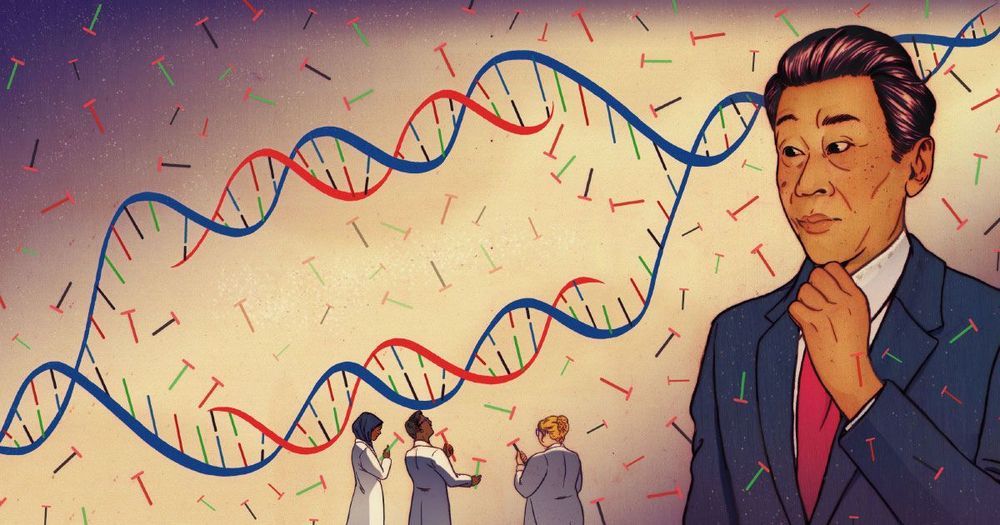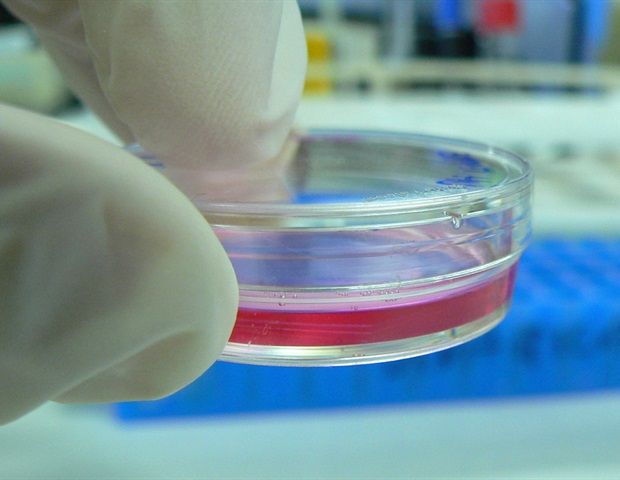Jul 5, 2019
This artificial gravity machine is right out of 2001: A Space Odyssey
Posted by Genevieve Klien in categories: biotech/medical, entertainment, space travel
You know that spherical ship from 2001: A Space Odyssey that generated its own gravity by spinning around in the cosmic void? We’re not there yet, but we’re getting closer.
Microgravity can be detrimental for the human body, because our species just wasn’t made to survive in space without high-tech help. Now aerospace engineer Torin Clark and his team from CU Boulder are turning the artificial gravity tech from movies like 2001 and The Martian into a reality. While an entire ship that makes its own gravity is still light-years away, the team has managed to design a revolving contraption that could save astronauts from too much zero-G exposure.
Continue reading “This artificial gravity machine is right out of 2001: A Space Odyssey” »
